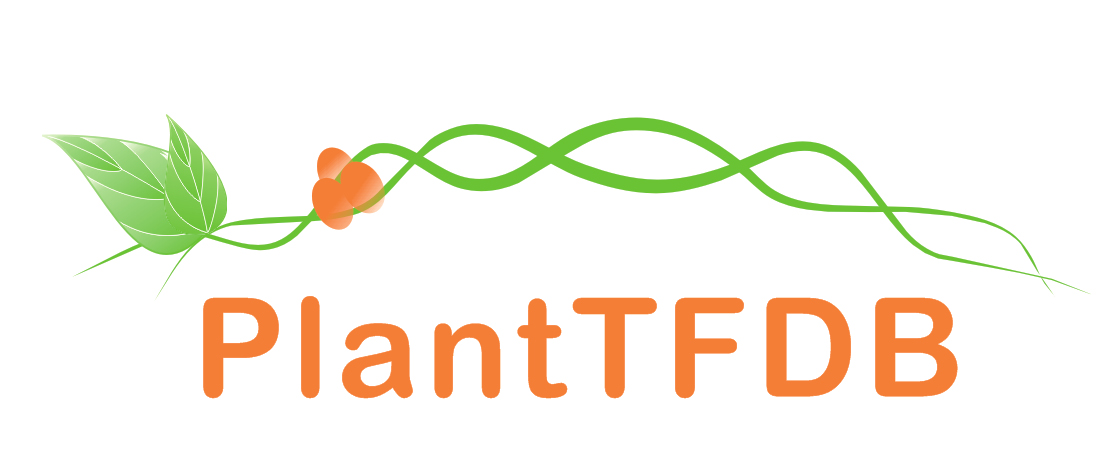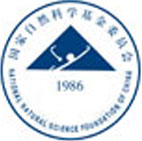 |
PlantRegMap/PlantTFDB v5.0
Plant Transcription
Factor Database
|
| Home TFext BLAST Prediction Download Help About Links PlantRegMap |
| Species | TF ID | Description |
|---|---|---|
Capsicum annuum (31) | CA00g50480 | FAR1 family protein |
| CA00g76770 | FAR1 family protein | |
| CA01g10190 | FAR1 family protein | |
| CA01g14430 | FAR1 family protein | |
| CA01g21310 | FAR1 family protein | |
| CA02g20100 | FAR1 family protein | |
| CA03g08050 | FAR1 family protein | |
| CA03g12830 | FAR1 family protein | |
| CA03g32630 | FAR1 family protein | |
| CA03g36360 | FAR1 family protein | |
| CA04g13620 | FAR1 family protein | |
| CA04g23500 | FAR1 family protein | |
| CA06g11660 | FAR1 family protein | |
| CA06g13390 | FAR1 family protein | |
| CA06g13480 | FAR1 family protein | |
| CA06g17260 | FAR1 family protein | |
| CA06g21800 | FAR1 family protein | |
| CA06g22340 | FAR1 family protein | |
| CA06g25880 | FAR1 family protein | |
| CA07g08600 | FAR1 family protein | |
| CA07g09560 | FAR1 family protein | |
| CA08g09850 | FAR1 family protein | |
| CA08g14990 | FAR1 family protein | |
| CA08g18370 | FAR1 family protein | |
| CA09g08910 | FAR1 family protein | |
| CA09g10820 | FAR1 family protein | |
| CA10g11320 | FAR1 family protein | |
| CA10g11370 | FAR1 family protein | |
| CA10g14880 | FAR1 family protein | |
| CA10g15020 | FAR1 family protein | |
| CA11g18280 | FAR1 family protein |
We show that Arabidopsis FHY3 and FAR1, which encode two proteins related to Mutator-like transposases, act together to modulate phyA signaling by directly activating the transcription of FHY1 and FHL, whose products are essential for light-induced phyA nuclear accumulation and subsequent light responses. FHY3 and FAR1 have separable DNA binding and transcriptional activation domains that are highly conserved in Mutator-like transposases. Further, expression of FHY3 and FAR1 is negatively regulated by phyA signaling. We propose that FHY3 and FAR1 represent transcription factors that have been co-opted from an ancient Mutator-like transposase(s) to modulate phyA-signaling homeostasis in higher plants.
We next used a yeast one-hybrid assay to delineate the DNA sequences to which FHY3 and FAR1 bind. GAD-FHY3 or GAD-FAR1 fusion proteins (GAD, GAL4 transcriptional activation domain), but not GAD alone, activated the LacZ reporter genes driven by the FHY1 and FHL promoters. Deletion analysis narrowed down the FHY3/FAR1 binding site to a 39-bp promoter subfragment located on the "a" fragment for both FHY1 and FHL. Notably, these subfragments share a stretch of consensus sequence, 5'-TTCACGCGCC-3'. Mutating the core sequence "CACGCGC" of this motif (m2 and m3 for FHY1, m5 for FHL) abolished the reporter gene activation by both GAD-FHY3 and GAD-FAR1. Mutating the flanking sequences (m1 and m4) did not obviously affect the reporter gene activation by GAD-FAR1, but clearly reduced activation by GAD-FHY3. Thus, "CACGCGC" likely defines a cis-element that confers specific binding for FHY3 and FAR1 and is named FBS for FHY3-FAR1 binding site.
Lin R, Ding L, Casola C, Ripoll DR, Feschotte C, Wang H.
Transposase-derived transcription factors regulate light signaling in Arabidopsis.
Science, 2007. 318(5854): p. 1302-5.
PMID: 18033885



